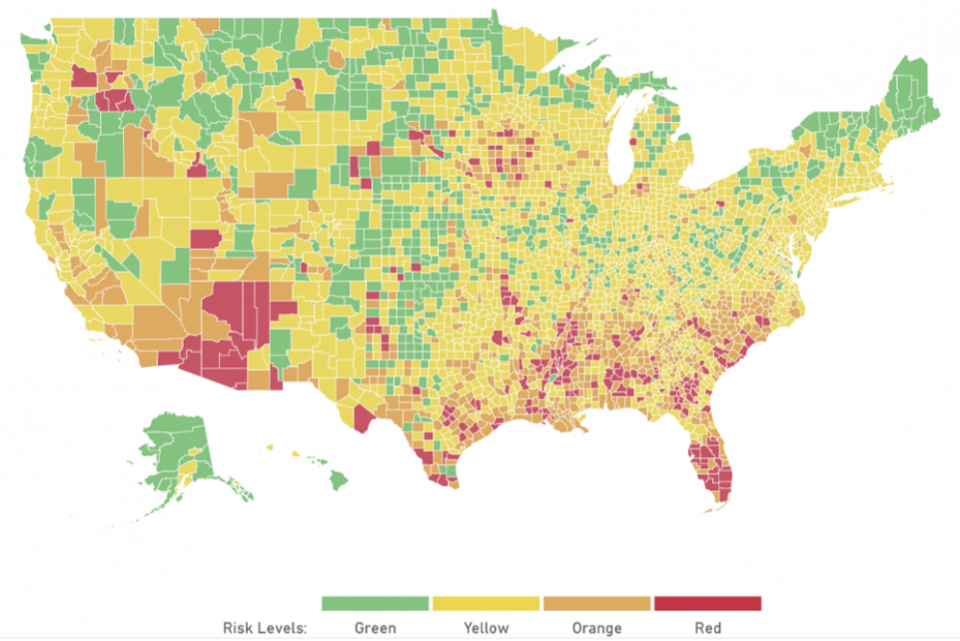Welcome to our new blog. We will use this space to keep you up-to-date and informed about many subjects that are of interest to you, our partner in your own healthcare.
The subjects we will explore have to do with specific conditions within our realm of coverage. They will explore insurance issues, government coverage, legislative impacts, and other items of interest to you, our dear partner.
COVID 19
Today, I would like to address an issue that has affected our community in the last three months: COVID 19. We must all be conscious of the threat posed by COVID 19, but we must also learn how to live with this virus.
One piece of information that is the most relevant at this point is, “how do I avoid the virus?” We have all heard the list of things that we can do to help minimize our risks: wearing cloth or other materials masks in public, social distancing, avoiding large crowds, avoiding unnecessary travel, especially to COVID 19 hotspots, and generally following the guidance put forth by the CDC and other agencies charged with ensuring the health of the population. Let’s address these suggestions as best we can with current knowledge.
Not all masks are created equally. New research shows that the most effective homemade masks are made with tightly woven fabric that provides a good seal along the edges. Bandanas have been found to be ineffective in reducing the transmission of COVID 19. N95 masks are not “one size fits all.” They must be fitted to your face and should only be used by those who need them, such as frontline medical personnel. Surgical masks are a great option if they are available to you. So in conclusion, a well fitting sewn mask made with multiple layers of tightly woven fabric will provide the needed protection. See if you can get the surgical masks. The supplies are definitely up and growing every day.
Social distancing is simply that: keeping 6 feet between yourself and others not in your household circle. This is one of the best tools available to prevent the spread of the virus. The real issue is that people who have been in contact with COVID19 may not know they are sick for up to two weeks. They can spread the illness all that time. Social distancing is especially important for individuals who are at higher risk for severe illness, including those fighting other illnesses.
Large crowds is kind of like foregoing social distancing and then multiplying the risk of transmission by the number of people in the crowd. This can result in a serious increase in the risk of transmission. Check with your local health departments to see what they recommend as the largest crowd that can safely gather. This is a tough requirement, as it limits the size of events that are important to us: funerals, weddings, birthday parties, etc. However, the safest route will lead to the best outcomes.
Travel increases the number of people you will come in contact with. If you must travel, make sure your hotel or other accommodations are disinfected between travelers. Avoid large crowds and practice social distancing much like you do at home. Consult the latest maps of COVID 19 activity and avoid high concentration areas. The map below illustrates the COVID 19 activity for the US states as of July 1, 2020. Check international resources for similar information if you are planning to leave the states.

We certainly hope that everyone will stay as safe as possible during this time of uncertainty. Our home area of Pennsylvania is generally in the Yellow range and there is even a fair amount of green. We can keep these measures going in the right dimension by careful, thoughtful actions on our part to prevent the spread of this insidious virus.
